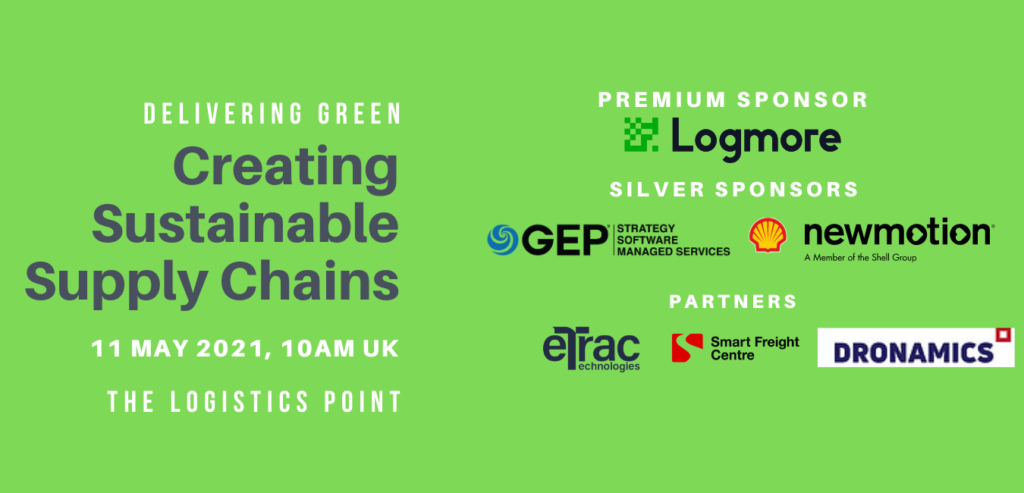The flow of goods is a complex task that many warehouse managers find sometimes hard to navigate. Software solutions have taken upon the task but many of them focus solemnly on the outbound flow and forget about the inbound. What are the benefits of a route optimisation tool that looks at (destination’s) inbound flow?
When goods arrive in the warehouse is a critical part of daily operations. “Unfortunately, very often inbound operations are neglected,” says Martin Pečar, Founder of the route optimisation start-up Omniopti. “Traditionally the route optimisation tool is mostly connected with the outbound goods flow, where the warehouse is the origin of cargo, being distributed. The other side, inbound, is very neglected in this sense,” Pečar continues. “However, the world is connected. Outbound flow from one warehouse may be inbound to another.”

Usually there are fixed window times for arrivals (deliveries) that are being used as an outbound starting point and a route optimisation tool. In many cases there are no specified time windows and the problem is that a lot of vehicles arrive at the same time. This problem is especially common in warehouses without arrival reservations, where the drivers know they will have to wait, so they do other deliveries first. “The problem for the warehouse is that they have to manage angry drivers, and the workload comes in waves, especially towards the end of the day, and they might need to prolong their working time to finish everything,” Pečar explains.
The problem for the carriers is that they often need to wait longer than needed, waste a lot of time, nerves, and possibly are also late for other deliveries. With proper time slot reservations and route optimiсation, these routes can be more predictable and efficient, the workload in warehouses is equalized, and all operations become much smoother.
Improving visibility
Despite many companies introducing software tools data is missing across the board. Often one part of the organisation is not aware of what is happening with the rest. For some, drivers are the only one who know where and when they need to go and data is not electronically recorded. For Pečar this way of working is dangerous as it might jeopardise all operations in case drivers are sick or leave. It is really crucial that all relevant data are collected in the database.
Integration of existing software tools that monitor arrivals and departures with route optimization is essential. According to Pečar both tools should be connected, possibly through some API – a software intermediary that allows two applications to talk to each other. However, to achieve maximum synergy it is best if both tools are really closely integrated, since there may be changes (time slots reserved by other stakeholders) occurring during the optimization process.
The price for installing such solutions vary depending on what modules are needed and how much initial data there is. Omniopti works on a subscription based model where companies can choose what best suits their needs. The most important thing is that the costs are smaller than the savings, so the ROI is effectively within the first month.
The company has been recognised as a rising star in the field of logistics and route optimisation by receiving an award within the ENRICH in the USA programme, and also won the startup pitch at the Logistics Forum in Budapest, Hungary. Currently Omniopti is focusing on road logistics, however they also want to expand it to other domains. ✷
